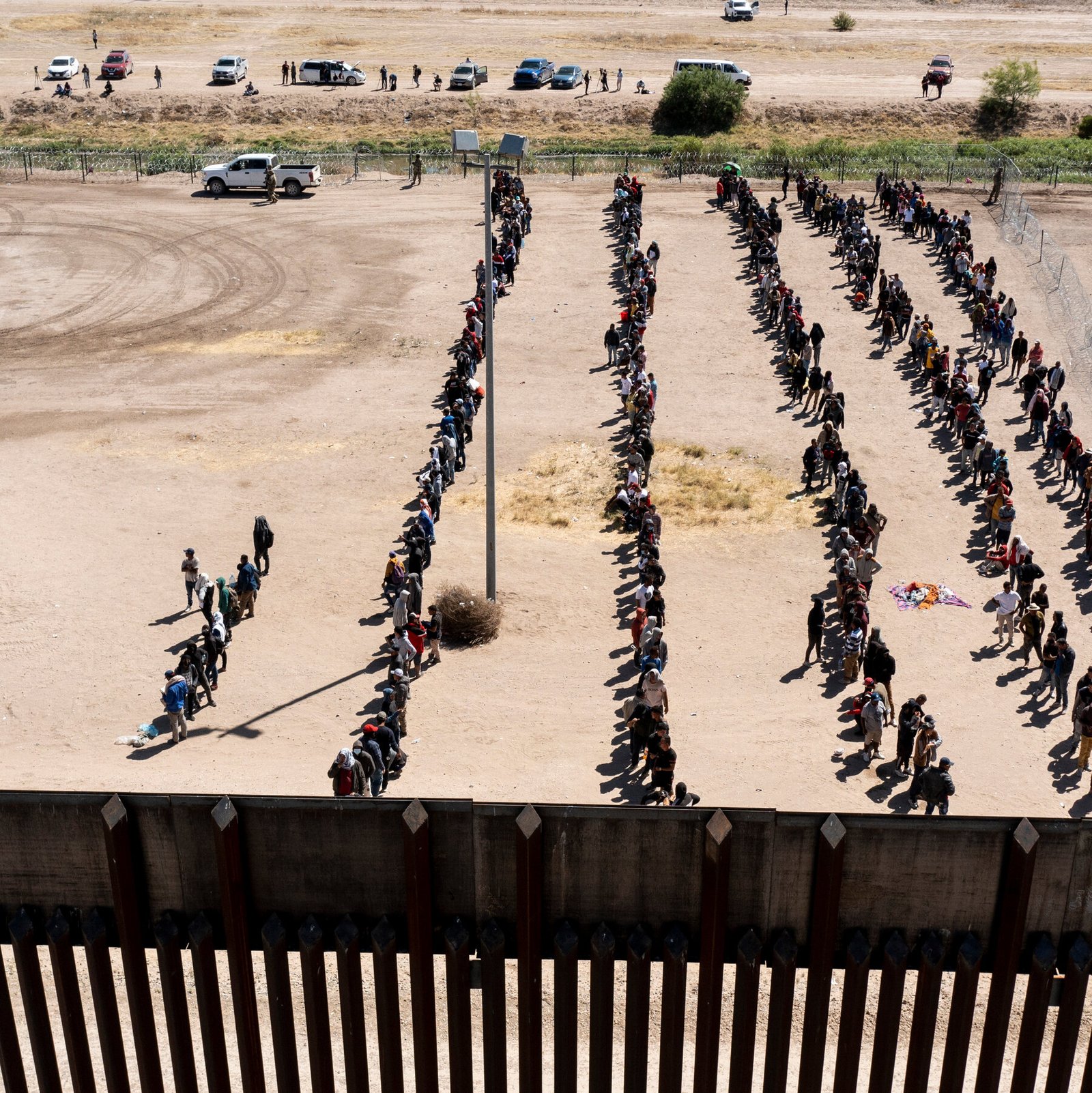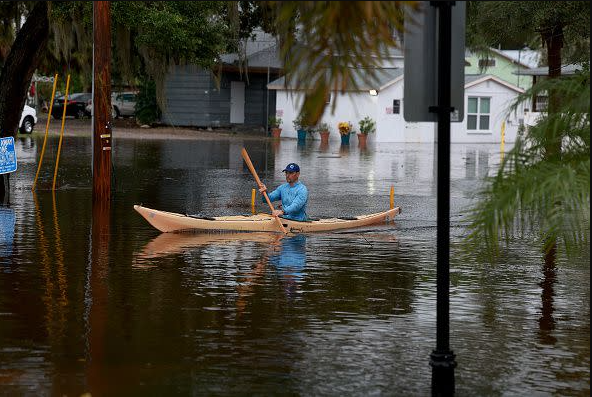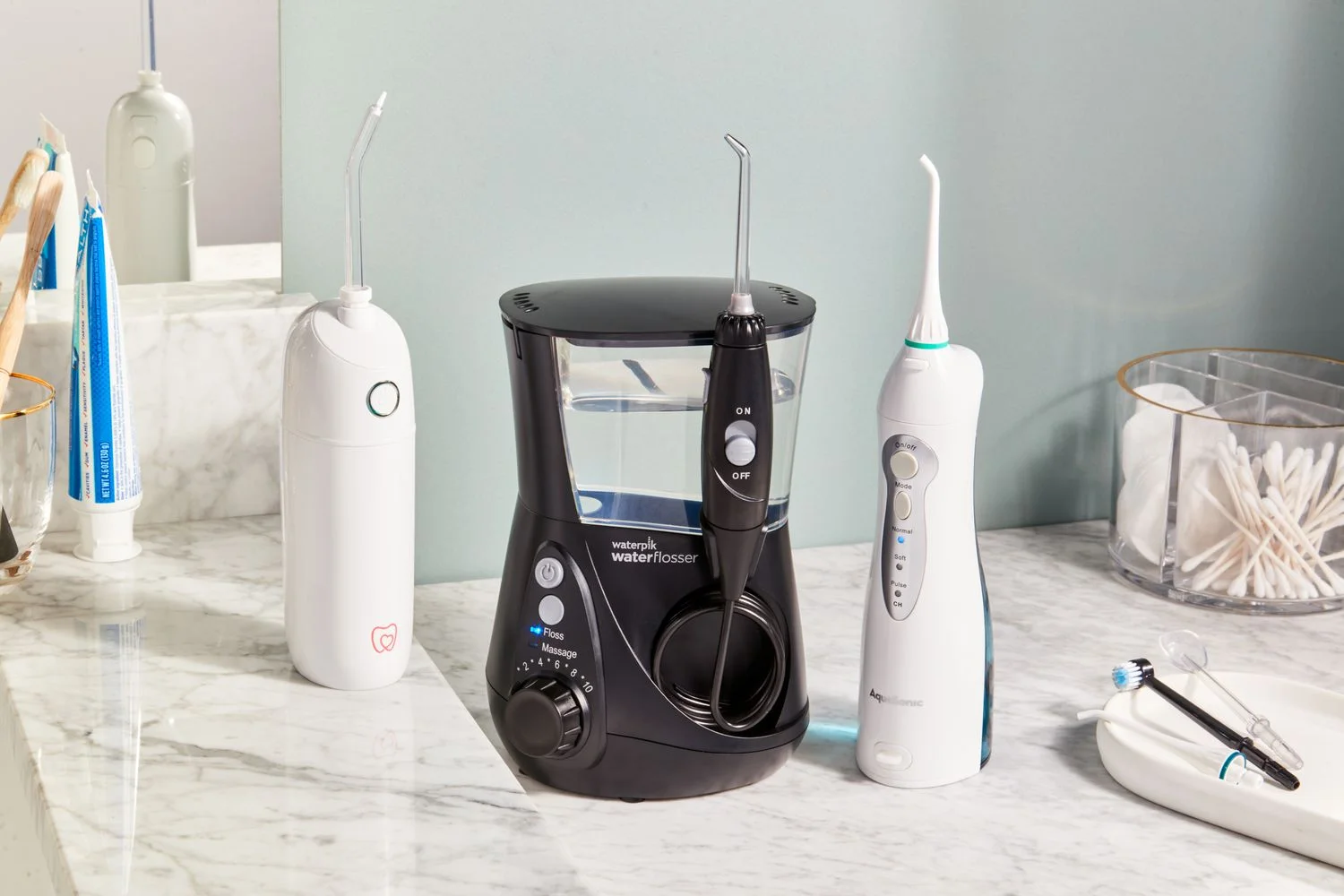Did you know that most of the world’s gold can be found in South Africa, Australia, and China?
Gold is on the shelves in nearly every retailer and jewelry store, but not all of it is as pure as you think.
If you’re interested in testing gold, there are a few items from around the house that you can use.
Keep reading to discover how to tell if gold is real so you don’t mistake trash for treasure!
Water Test
Table of Contents
One of the easiest ways how to tell if gold is real is to try the water test.
Get a deep bowl and fill it with room-temperature water. Depending on what you’re testing, you may need to fill the water to the top. Place one piece of jewelry or gold at a time. If the metal starts to bounce around and float, you are likely dealing with a fake.
The water test can also detect fake gold by creating a tarnish. Pure gold won’t rust or tarnish after getting exposed to water. If it did, pirates wouldn’t have fought so hard to capture the treasures left behind on sunken ships!
Vinegar Test
If you’re not satisfied with the results from the water test, you should consider grabbing white vinegar.
Place your gold coins, jewelry, or other belongings in your hand or a small bowl. Next, pour a little bit of white vinegar on the gold. If the metal changes color, it’s not pure gold, since pure gold will maintain its shining color.
Other metals may turn a greenish or orange color as the vinegar reacts with the materials.
Magnet Test
If you have a strong magnet, you can use it to determine if your gold jewelry is pure.
Since gold isn’t magnetic, there shouldn’t be any pull between the gold and the magnet. If your items are attracted by the pull, you may have other metals mixed with your gold.
Unfortunately, this isn’t the best test since some metals supplementing gold are non-magnetic.
Burn Test
Did you know pure gold won’t burn or melt when placed beside a fire?
Pyrite, fool’s gold, and steel alloys are often used in place of gold. These metals burn when placed in flames and can signify fake jewelry. Gold has a melting point of 1947 degrees Fahrenheit, making it difficult to melt even in house fires.
If your gold melts under fire, you’ve likely been duped.
Stamp Test
Most people don’t realize it, but nearly all real gold is stamped with info.
The karat weight of jewelry often gets etched into the inner bands and clasps of jewelry. You will find stamps on gold bricks, watches, and coins. If you’re interested in selling watches, look for a stamp to confirm the value of your gold.
Do You Know How to Tell if Gold Is Real?
Although gold can be found all over the place, it’s rarer than most people think.
The tips mentioned above will teach you how to tell if gold is real or not. Identifying pure gold is critical if you have allergies to metals or want to invest in valuable jewelry. If you don’t have pure gold around your wrist, you may develop a skin reaction or look like a fraud.
Avoid scrubbing and extreme heat when testing your gold so you don’t create scratches or damage.
If you want to learn more about authentic gold and the types of gold jewelry, read out the blog for the latest content!













































